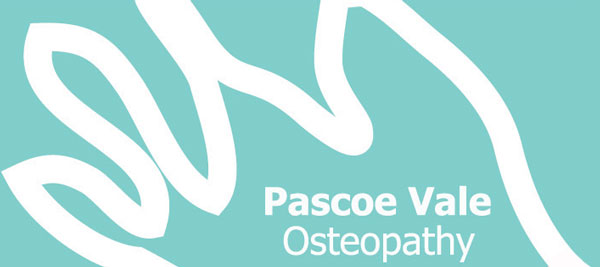Is your bed a pain in the butt?
Written by Dr. David Howard – B.Sc. (Clinical Sci.), M.H.Sc. (Osteopathy), B.App.Sc (Human Movement) from Pascoe Vale Osteopathy located in Pascoe Vale, Melbourne, Victoria, Australia.
As most people spend about the same time sleeping as they do sitting at a desk, your sleeping posture is just as important as your sitting posture. Research has indicated that 41% of people sleep in the foetal position. This posture, however, isn’t optimal in maintaining correct spinal alignment.
The best spinal alignment when sleeping is the same as when sitting, but obviously lying down – click onto this previous article for more detail. The triple C-curve of your spine is maintained and there is no excess pressure on any part of the spine. I know bad habits are hard to change but try going to sleep correctly and hopefully your sleeping body eventually gets the picture. We will start from the top…
*Neck straight with your chin away from your chest
*Good supportive pillow filling the gap between your head and shoulders – click onto this previous article for more detail
*Arms in front of you or hugging a pillow
*Maintain the curve in your low back or lumbar spine by having your knees below the level of your hips
*Both knees should be together so that the back is nice and straight. (Many people, especially women with larger hips will find this uncomfortable or impossible. Placing a pillow between your knees will remedy this).

 whether it be at work or at home. Poor desk set up and poor sitting posture are huge contributing factors to the many and varied symptoms of a large percentage of my patients.
whether it be at work or at home. Poor desk set up and poor sitting posture are huge contributing factors to the many and varied symptoms of a large percentage of my patients.